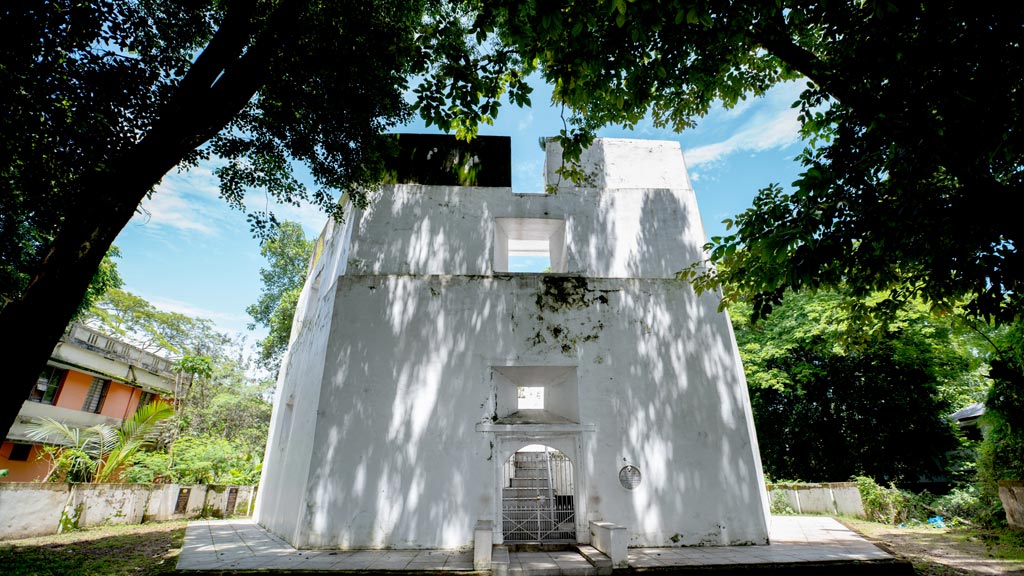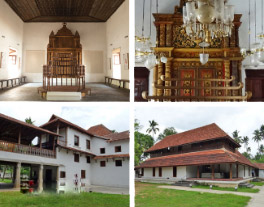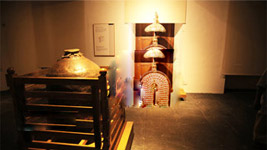Pallipuram Fort

To the casual eye, it is just another building that has sadly gone to seed. The signboard however shocks us out of a dismissive attitude, and ignites our interest because it declares the historic importance of the structure. Constructed by the Portuguese in 1503 CE, the Pallipuram Fort also known as Ayakotta or Alikotta, is India’s oldest existing European monument. Hexagonal in shape, this fort looks like a bastion, three storeys high. The lowest floor stands five feet above the ground and is connected through steps from the entrance gate. Just underneath this floor is a cellar which was used to store gun powder, back in that time. It is 4 feet tall and covers an area of 7 square feet. The fort is made up of laterite, mortar and wood.
Located near Vypin island, the strategic location of the fort attracted many rulers to capture it. Firstly, in 1663 CE, the fort was conquered by the Dutch. Although the Mysore rulers had a plan to purchase the monument, the whole proposal fell through due to interference from the English East India Company. Later in 1789 CE, the Travancore Maharaja acquired the fort along with the Kottapuram Fort. When the Mysore rulers stepped back, the English East India Company took control of the Malabar area and over the years, the Pallipuram Fort lost its significance. In 1909 CE, a memorial stone was laid in front of the fort and in 1964 CE, the fort was declared a protected monument.

